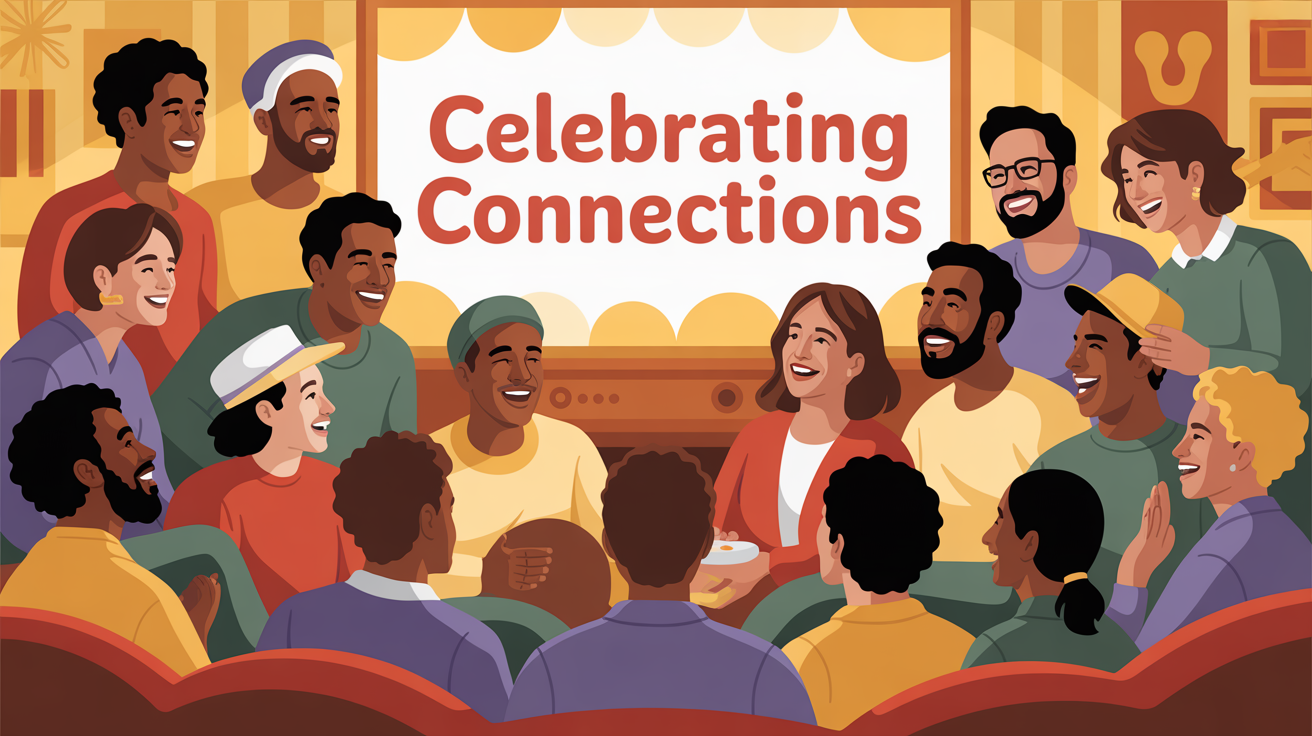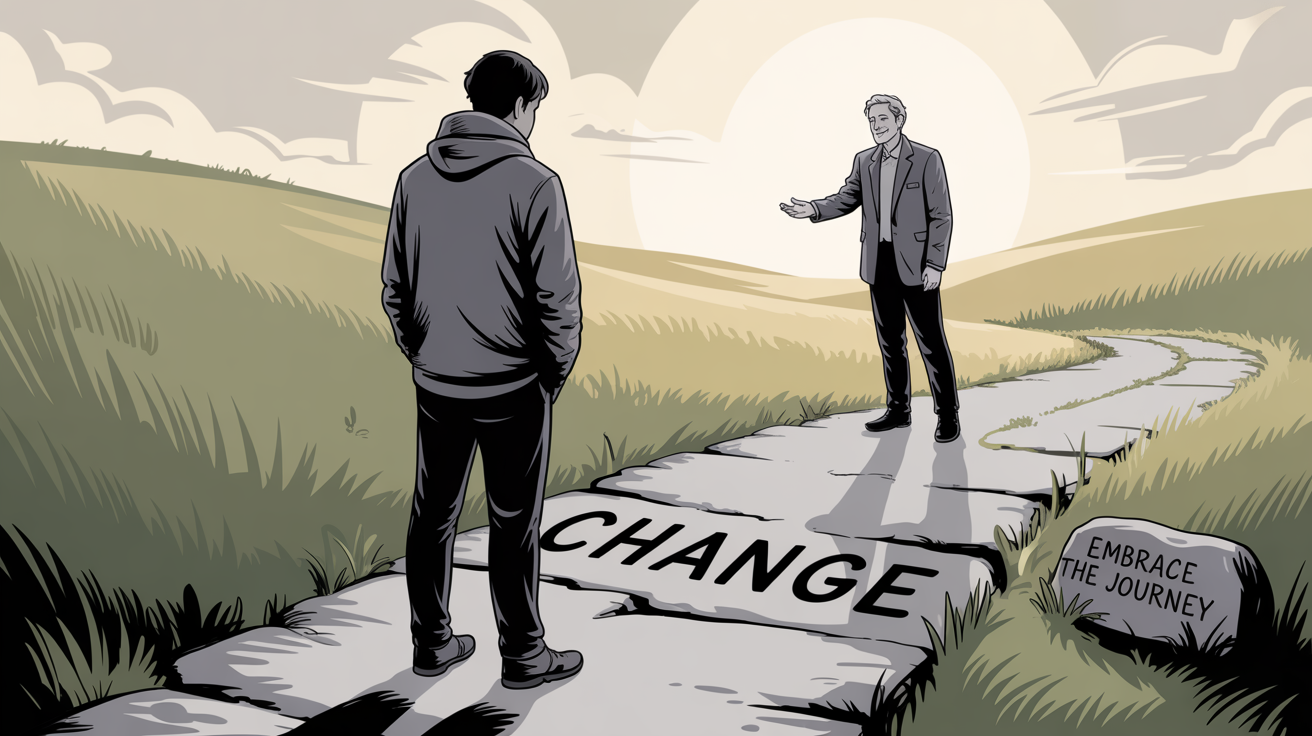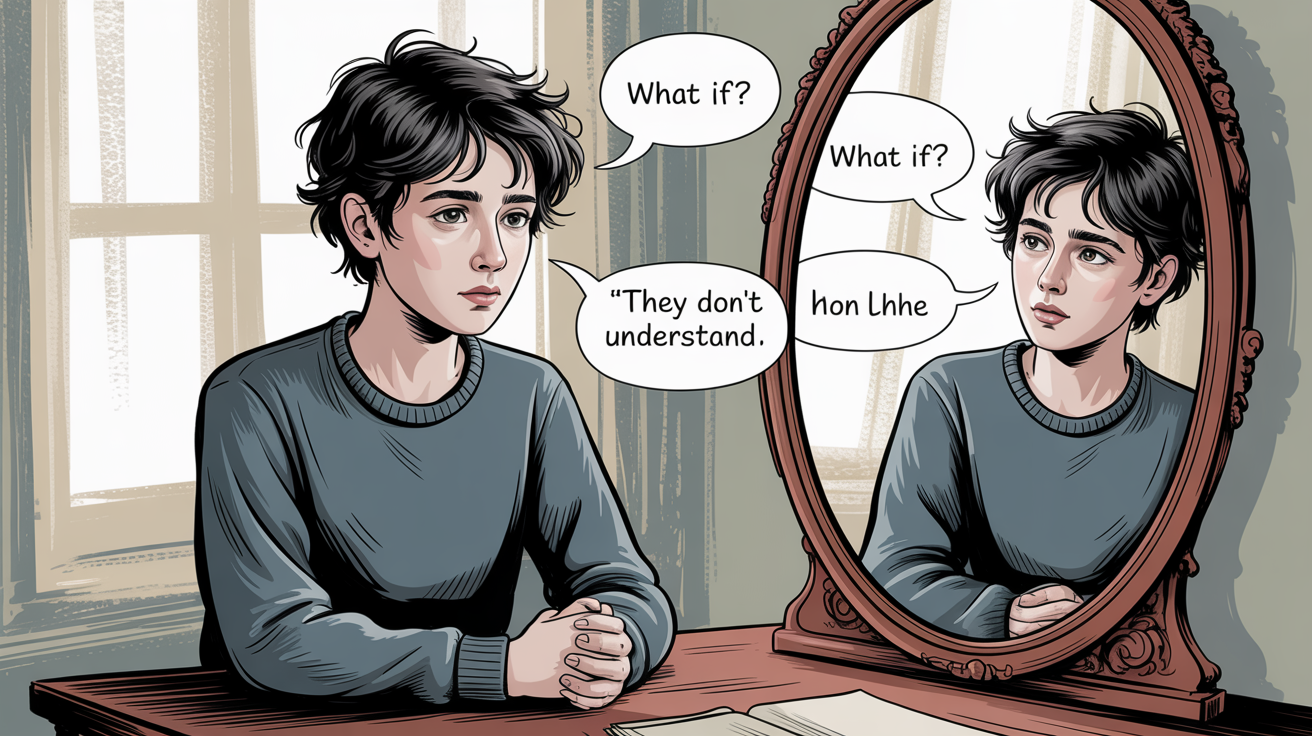Communication isn’t just about sending texts or delivering speeches, it’s also about sharing meanings, building community, and preserving culture. That’s the core idea behind the ritual model of communication, a concept popularized by communication theorist James Carey.
Unlike the traditional transmission model, which treats communication as a one-way process of delivering messages, the ritual model sees communication as a symbolic act, a cultural performance, and a shared experience that brings people together.
Contents
What Is the Ritual Model of Communication?
At its core, the ritual model of communication views media and everyday communication as rituals that create, maintain, and transform shared meanings in society.
This idea was developed by James Carey, who was inspired by anthropologists like Victor Turner. Carey argued that communication is less about transferring data and more about participation, celebration, and community bonding, much like how religious or cultural rituals work.
Key Features of the Ritual Model
Communication is seen as a collective activity that reinforces cultural values, myths, and identities. Whether it’s a national anthem, a festival broadcast, or a daily soap opera, these all play a part in shaping our collective understanding.
2. Participation Over Persuasion
Rather than persuading or controlling, the ritual model focuses on engagement. Everyone in a society, not just the sender, contributes to the meaning-making process.
3. Symbolic Action
Communication is a performance—think of news broadcasts, social media trends, or even memes. They’re symbolic actions that reflect and reinforce what a society thinks, values, and remembers.
4. Cultural Continuity
Media rituals help preserve collective memory. For example, annual events like Republic Day celebrations or Diwali ads don’t just inform, they remind us who we are as a culture.
5. Critique of the Transmission Model
The ritual model pushes back against the mechanistic, linear view of communication as just message-sending. It brings in the richness of culture, identity, and human interaction.
Ritual Model and Cultural Studies
Scholars from Cultural Studies like Raymond Williams, Stuart Hall, and E.P. Thompson have used the ritual model to analyze:
- How media shapes public consciousness
- How identities based on race, class, and gender are formed or challenged
- How everyday communication reflects power and resistance
They believe that media is a space where meanings are constantly being negotiated—and the audience is never passive.
Ritual Model vs. Transmission Model (Comparison Table)
| Aspect | Ritual Model | Transmission Model |
|---|---|---|
| Focus | Shared meaning, culture | Information delivery |
| Participants | Everyone is involved | Sender & receiver roles |
| Process | Symbolic, repetitive, communal | Linear, one-directional |
| Purpose | Community bonding, meaning-making | Persuasion, control |
| Outcome | Social identity & cultural continuity | Message reception |
Why Does the Ritual Model Matter?
Understanding the ritual model is essential for students of mass communication because it:
- Expands your view of what communication truly means
- Helps analyze how culture and media are intertwined
- Encourages a critical view of how media constructs social realities
Whether you’re watching a cricket final or reposting a trending meme, you’re participating in a communication ritual that says something about your society.
✍️ Final Thoughts
The ritual model of communication reveals a deeper truth: communication is not just about what we say—it’s about who we are together. It’s about the stories we tell, the symbols we share, and the rituals we repeat to stay connected across time and space.
If you’re preparing for UGC NET Mass Communication or studying media theories, this model will give you a powerful lens to understand the cultural dimensions of communication.
📌 Want More?
Check out:
Explore: https://www.viralandbeyondacademy.com/category/communication-and-media-studies/



